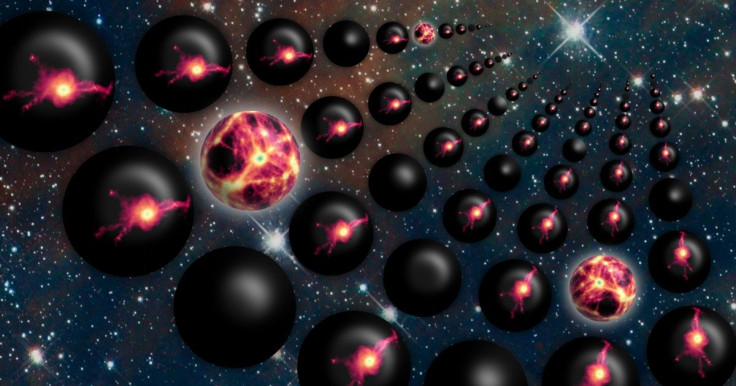Mirrorverse Theory: Scientists Build A Portal To Find A Parallel Universe

Scientists from Tennessee have developed a portal-like instrument that will help them prove the existence of a parallel universe. Through their experiment, they are hoping to access a mirror world.
Together with her colleagues, physicist Leah Broussard of the Oak Ridge National Laboratory built an instrument designed to send particles into a parallel universe.
For the experiment, Broussard and her team will fire a beam of subatomic particles through a tunnel that’s about 164 feet long. At the end of a tunnel is an impenetrable wall with a neutron detector behind it.
Conventional physics dictate that the neutron detector should not find traces of the particle on the other side of the wall due to the setup of the instrument.
Broussard theorized that if the detector finds traces of the particles, this could mean that the neutrons oscillated through the wall. In doing so, the neutrons entered a parallel universe to become mirror neutrons. As they exit the mirror universe and go through the wall, the neutrons return to their normal form.
“Only the ones that can oscillate and then come back into our universe can be detected,” Broussard told New Scientist. “When passing through a magnetic field, the oscillation probability increases.”
If Broussard and her team manage to prove the existence of a parallel universe through their experiment, they believe it could change the laws of conventional science. For now, all knowledge is confined to the physical and visible universe. If a mirror universe exists, it could serve as a totally new platform for groundbreaking scientific research.
As to what the parallel universe might contain, the scientists believe that it probably wouldn’t be similar to its portrayal in sci-fi movies and television shows.
Although it most likely will not have exact mirrorverse counterparts of actual people, which Broussard referred to as “dark life,” she believes a parallel universe has its own mirror atoms, mirror rocks and even a mirror universe.
“Dark people is probably a bit farfetched,” she told NBC. “But dark matter is very likely as rich as our own matter. This kind of thing needs to be explored.”
© Copyright IBTimes 2025. All rights reserved.





















